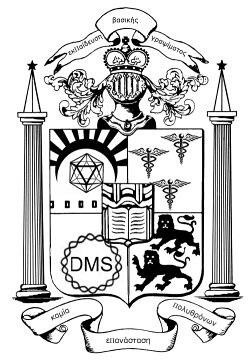When I tell people (as I just did) that we described the entire anatomy of the leg in three days, many ask me, as my friend Marc did, "is there much anatomy in the leg?" Ummm, yes.
How much?
Bones: 28 plus
Well, the hip (os coxa) is actually 3 bones, the illium, the ischium, and the pubis (aka the pecten). There's the femur, tibia, fibula, then the foot bones - talus, calcaneus, navicular, cuboid, 3 cuneiform (medial, intermediate, and lateral), 5 metatarsals, 14 phalanges, and don't forget the patella. Each bone has several parts which are signifiant because muscles attach there, or they articulate with other bones, e.g. the head of the femur, which is the ball to the hip's acetabulum, which plays the part of the socket.
Muscles: about 70
I'm not naming all of these, but from going through my atlas, there are about 70. Think about it, you can do some pretty amazing things with your leg, and for each of them, several muscles have to work together, many of which are unique to that movement. Something like walking is a lot more complicated than it seems, insofar as some little thing like being able to flex your toes when you push off makes your walking a lot more graceful.
Nerves, blood supply, venous return, blah blah blah: Lots more
Anyway, my point is not just that I have this really long vocabulary list that I have to transcribe to my 3x5 cards, quite the opposite. Flashcards do not help, because I have to be able to identify these structure on any body in the anatomy lab, in anatomical cross section, on x-rays (or CT, or MRI, or angiogram, or, or, or), and tell how they interact (e.g. illium and psoas muscles form up to make the illiopsoas muscle, which inserts on the lesser trochanter of the femur, the blood supply is whatever, the nerve innervation is such and such with a given set of spinal segments), and how they can and can't be injured (i.e. a fracture at the head of the feumr is unlikely to disturb a muscle like illiopsoas that inserts lower in the bone - at the lesser trochanter).
People who know me know that I sail through most academic things. They may wonder why I have to study constantly for this, and this is why.
Subscribe to:
Post Comments (Atom)

No comments:
Post a Comment